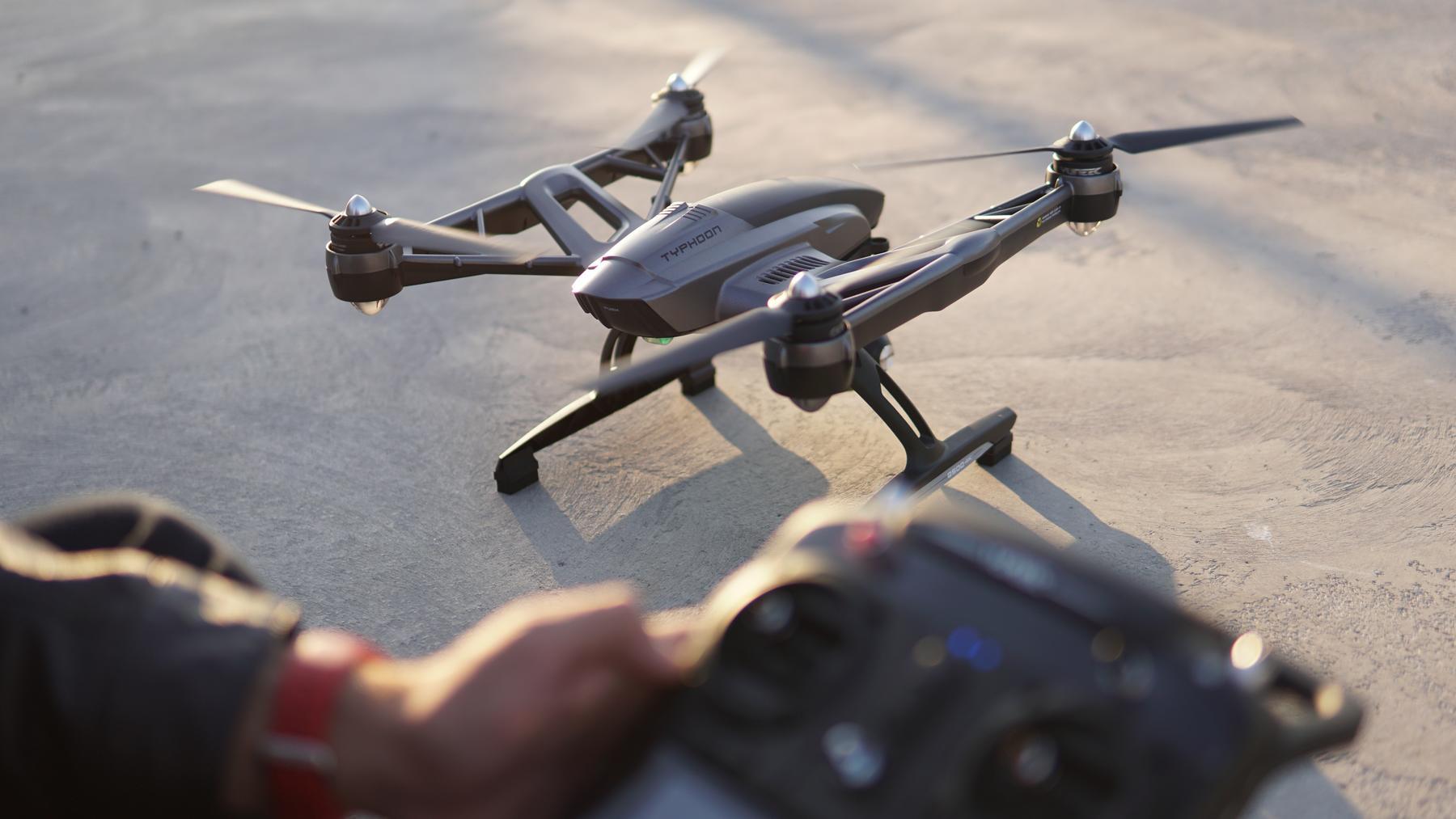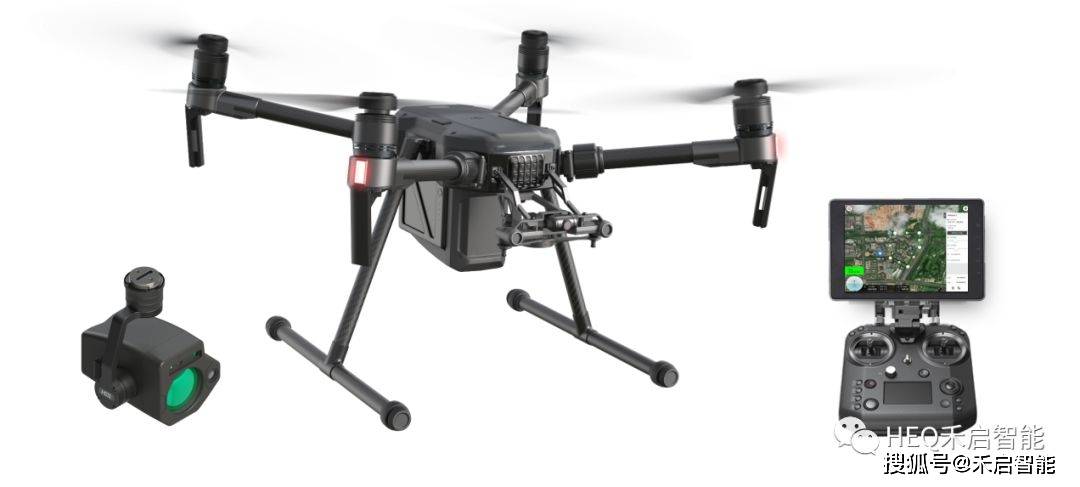Water drones with cameras represent a breakthrough in aquatic exploration, offering remarkable advantages for various industries.These advanced devices , combining sophisticated technology and compact design, empower users to explore marine environments like never before.
, combining sophisticated technology and compact design, empower users to explore marine environments like never before.
Understanding Water Drones and Their Applications
Equipped with high-resolution cameras, water drones can capture stunning underwater landscapes, aiding in marine research and conservation efforts. Researchers utilize water drones with cameras to monitor marine biodiversity, coral reef health, and even track migration patterns of aquatic creatures.
The Technological Features of Water Drones
- High-resolution cameras: Capturing clear and vivid underwater footage is critical for accurate data analysis.
- GPS navigation: This allows drones to operate autonomously with precise positioning.
- Sonar systems: These help in mapping underwater terrains and detecting objects.
- Battery efficiency: Long-lasting batteries ensure extended operational time beneath the waves.
Water drones equipped with cameras are not only confined to academic research; they are increasingly vital in commercial industries as well.
Commercial Uses of Water Drones
In the oil and gas industry, these drones inspect underwater pipelines and facilities, ensuring safety and efficiency without risking human divers. They are also fundamental in the fishing industry, where drones assist in locating fish schools and assessing marine conditions to optimize fishing strategies.
Drones equipped with cameras provide valuable insights, significantly reducing operational costs and enhancing safety protocols.
The Rise of Water Drones in Recreation and Filmmaking
The film industry embraces water drones with cameras for capturing breathtaking underwater shots. These drones navigate through challenging environments to deliver footage that was previously impossible to attain. Adventure enthusiasts utilize them for various water sports, from thrilling kayaking expeditions to serene snorkeling jaunts.
A noteworthy innovation in water sports filming is the drone’s ability to follow subjects autonomously, creating dynamic shots regardless of the environment’s unpredictability.
Environmental Impact and Marine Conservation
Water drones bolster marine conservation efforts by collecting crucial data on water quality, pollution levels, and habitat conditions. Their ability to access hard-to-reach areas offers researchers unprecedented surveillance opportunities, vital for crafting effective conservation strategies.
Moreover, by integrating artificial intelligence, drones can autonomously analyze gathered data, identifying critical patterns that may not be immediately apparent to the naked eye.
The Challenges of Operating Water Drones with Cameras
While the potential of water drones is vast, challenges persist, primarily concerning environmental conditions and technical limitations. Camera-equipped drones must withstand pressure and temperature fluctuations, ensuring durability for varied aquatic operations.
Furthermore, advancements in drone technology constantly push the boundaries, requiring operators to remain updated with the latest technological deployments to maximize efficiency.
to maximize efficiency.
FAQ
Can water drones with cameras operate in deep waters?
Yes, many modern water drones are designed to function at substantial depths, though operational efficiency may vary based on the model’s specifications.
What type of maintenance do water drones require?
Regular maintenance includes checking battery life, ensuring camera functionality, and inspecting waterproof seals. Keeping software updated is also crucial for optimal performance.
Are water drones prone to damage from marine life?
While encounters with marine life can occur, most water drones are designed to be resilient and withstand minor impacts. In regions with aggressive wildlife, special protective measures may be needed.